Emirati burqa gets modern touch with calligraphy, poetry and art
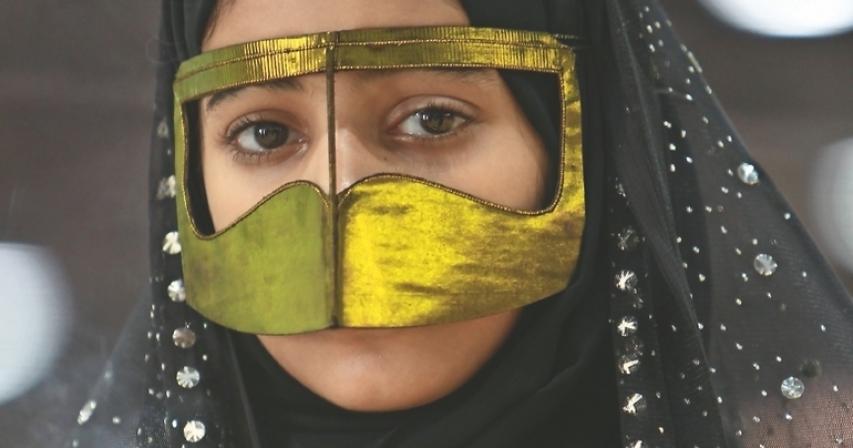
Each emirate also has a specific design for burqa.
Young Emirati women are reviving the tradition of wearing and designing a burqa by giving it a modern twist.
Emirati artist Ghaya Khalifa Almarar, 27, recently led a group of female participants at a workshop titled 'The Art and Heritage of Burqa Printing', organised by the Hamdan Bin Mohammed Heritage Centre (HHC).
Almarar told Khaleej Times that one can add calligraphy, cut-out designs, or even quotes or verses from a poem to give the burqa a more personal and modern touch.
Not to be confused with the head-to-toe covering used in Afghanistan or some parts of Pakistan - where one sees only through a mesh screen over the eyes - the burqa (pronounced as 'burga' in the local dialect) in the UAE and other GCC countries covers only a woman's forehead and lips, Almarar explained.
Each emirate also has a specific design for the burqa. The 'Zabeel cut' is followed in Dubai and Abu Dhabi, with its narrow top and curved, broad bottom, while the Al Ain design has both a narrow top and bottom.
In Sharjah, the top of the burqa is inclined forward, while in Fujairah, the burqa has a broader top that goes beyond the forehead.
"The burqa is a traditional accessory that protects a woman's face from the scorching sun and dust. In the UAE, the design of burqa is said to be symbolizing the features of a falcon, which is known for its strength and grace," Almarar noted.
She added: "To the uninitiated, the burqa might appear to be made of metal but it's actually from a cloth imported from India and dyed in special ink."
Almarar also debunked the connotation that burqa is a symbol of women's subjugation.
"Progress has been made and women are actually now given an equal voice with men in running the affairs of the country," she explained.
"The UAE is home to many cultures and influences. There should be no debate in wearing a burqa because it is always a personal choice, and we are reviving it because we want to preserve our tradition," she added.
"Burqa used to be part of daily wear - in olden days, girls usually wear a burqa after their engagement or when they hit puberty - but now, donning it is a dying practice," she lamented.
But the workshop led by Almarar and attended by 16 female participants, including students from the Zayed University and the American University of Sharjah, was aimed at promoting the art of designing a burqa among young female Emiratis and UAE expats.
Emirati student Alia Mohammed, 19, who is in her second year of studying arts at the Zayed University in Dubai, said: "My grandmother used to wear burqa. That is why promoting burqa is very much part of our history and heritage. In the workshop, we explored the materials and how we can make beautiful artworks to make burqa more appealing to the younger generation."
"We have welcomed different cultures in the UAE, but we also have a duty to preserve our own traditions," she underlined.
Australian expat Loretta Grey, who has been working as a make-up artist in Dubai, said she has always been mesmerized by the burqa.
"I want to immerse myself in the Emirati culture, that is why I attended the workshop to learn and understand more of the local culture," she noted.
"If you come to understand what it is (culture, and particularly the donning of burqa), the stigma that you used to have will go away."
For her part, Hind bin Demaithan Al Qemzi, director of events at the HHC, said:
"The workshop was organized to shed light on activities related to life in the UAE, both social and practical, such as interactive workshops in local arts culture."
Al Qemzi added: "We have various events and activities at HHC promoting Emirati heritage, such as the use of burqa, which is still being used by senior citizens."
As for Almarar, the rich Emirati culture is bound to thrive.
"I am very passionate about our culture. At the workshop, I found a great deal of participation and I look forward to developing and discovering more Emirati artists preserving and promoting our heritage, she said.
angel@khaleejtimes.com
What burqa means for UAE
Burqa is a traditional accessory that protects a woman's face from the scorching sun and dust. In the UAE, the design of burqa is said to be symbolizing the features of a falcon, which is known for its strength and grace.
Each emirate has a specific design for burqa.
The 'Zabeel cut' is followed in Dubai and Abu Dhabi, with its narrow top and curved, broad bottom, while the Al Ain design has both a narrow top and bottom. In Sharjah, the top of the burqa is inclined forward, while in Fujairah, the burqa has a broader top that goes beyond the forehead.
How it is made
. The most important part of the burqa is the cloth lining, called Al Sheel or Kashf Al Mah'atta. The quality of this lining material is based on how lightweight it is and how well it absorbs sweat, essential to maintaining the lustre of the burqa
. Al Seif is a small piece of palm, bamboo or other local wood that serves as the bridge of the burqa over the nose
. Al Shubuq refers to the red wool or cotton string, or yellow or silver buttons used to tie the burqa together at the back of the head. For weddings and other special occasions, gold or silver thread is used for the al shubuq, instead of red thread.
. Circles and stars made of gold are used to decorate a bride's burqa
Process
. The artisan begins with a square piece of the al sheel material that is big enough to cover the whole face.
. Al Seif piece of wood is then placed in the center of the fabric, in the location of the nose, thereby making clear the proper location for the eye holes, which are then cut out.
. The front of the burqa is then covered with cloth and the different pieces are sewn together. Embellishments are then sewn on.
/ Source: KhaleejTimes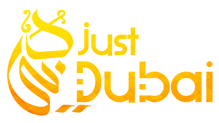
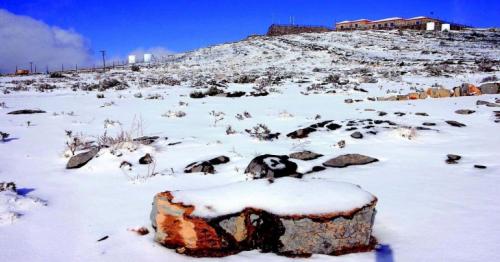
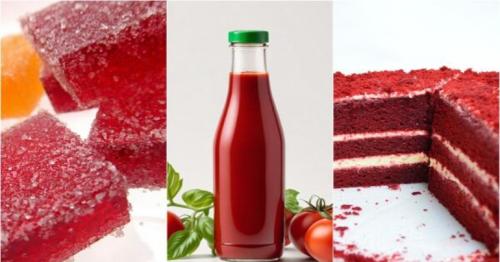
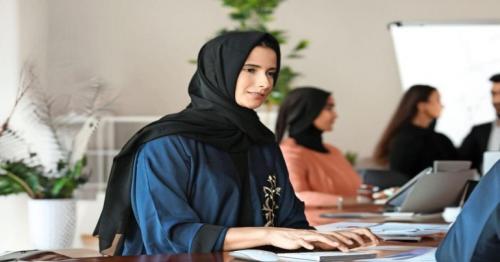
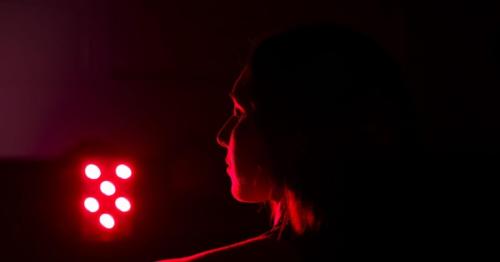
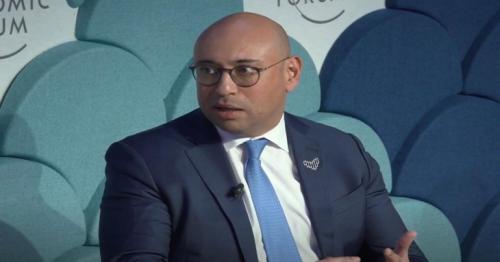
Comments